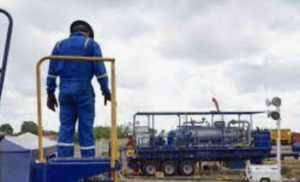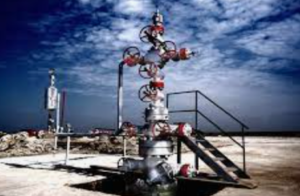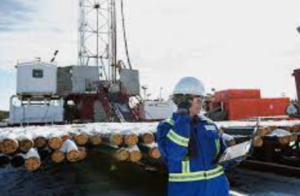Chevron Corporation reported a decrease in first quarter 2024 earnings to $5.5 billion from $6.6 billion the previous year, attributed to lower margins on refined products and natural gas realizations. U.S. production surged by 35% due to the acquisition of PDC Energy and robust operations in the Permian and Denver-Julesburg basins.
Data Download Center
Chevron Wells Drilled Since 2023
The company increased its dividend, continued substantial share repurchases, and reported a return on capital employed of over 12%. Chevron made progress in its lower carbon ventures, including carbon capture and hydrogen projects. Despite a decrease in earnings, the company has maintained strong operational performance and significant cash returns to shareholders.
Permian Basin & Denver-Julesburg (DJ) Basin
Chevron’s operations in the Permian Basin contributed to a significant increase in U.S. production. Specifically, Chevron’s U.S. net oil-equivalent production was up 35 percent from the previous year, largely due to robust execution in the Permian Basin along with the Denver-Julesburg (DJ) Basin. This strong performance in the Permian was highlighted as a key driver behind the overall boost in U.S. production volumes.
Natural Gas Prices
Chevron experienced lower natural gas realizations, which contributed to the overall decrease in earnings compared to the previous year. This decline in natural gas realizations affected both U.S. and international upstream earnings. Specifically, the international segment saw lower natural gas realizations partly offset by favorable tax impacts and higher liquids realizations. The article does not provide specific figures or detailed analysis on the natural gas prices or their exact impact on Chevron’s financials beyond these general statements.

Environmental Initiatives
Chevron’s environmental initiatives, particularly focusing on its efforts to develop lower carbon energy solutions. It highlights Chevron’s progress in the carbon capture value chain, hydrogen, and renewable fuels businesses during the quarter. Additionally, Chevron launched a $500 million Future Energy Fund III aimed at venture investments in technology-based solutions that can enable affordable, reliable, and lower-carbon energy. The company also started up a solar-to-hydrogen production project expected to utilize solar power and non-potable water from existing assets in California, further underlining its commitment to environmental sustainability and reducing carbon intensity. These efforts are part of Chevron’s broader strategy to grow its oil and gas business while simultaneously lowering the carbon footprint of its operations and expanding into lower carbon alternatives.
Business Milestones
The article lists several business milestones achieved by Chevron during the first quarter of 2024:
- Wellhead Pressure Management Project (WPMP) Start-Up: Chevron’s 50 percent-owned affiliate, Tengizchevroil, started up the WPMP with the first pressure boost facility compressor online and the first metering station conversion completed.
- Final Investment Decision – Tamar Gas Field: Chevron reached a final investment decision to add midstream infrastructure expected to increase production capacity at the Tamar gas field in Israel to 1.6 billion cubic feet per day.
- Uruguay Exploration Block Agreement: Chevron entered an agreement to assume a 60 percent operated interest in Uruguay’s AREA OFF-1 offshore exploration block, subject to customary closing conditions.
- Oilseed Processing Plant in Louisiana: Chevron reached a final investment decision to build an oilseed processing plant in Louisiana through its joint venture Bunge Chevron Ag Renewables LLC.
- Solar-to-Hydrogen Production Project: Chevron announced its first solar-to-hydrogen production project expected to utilize solar power and non-potable water from existing assets in California.
These milestones highlight Chevron’s ongoing efforts in expanding its operational capabilities, enhancing its energy portfolio, and progressing its lower carbon energy initiatives.







